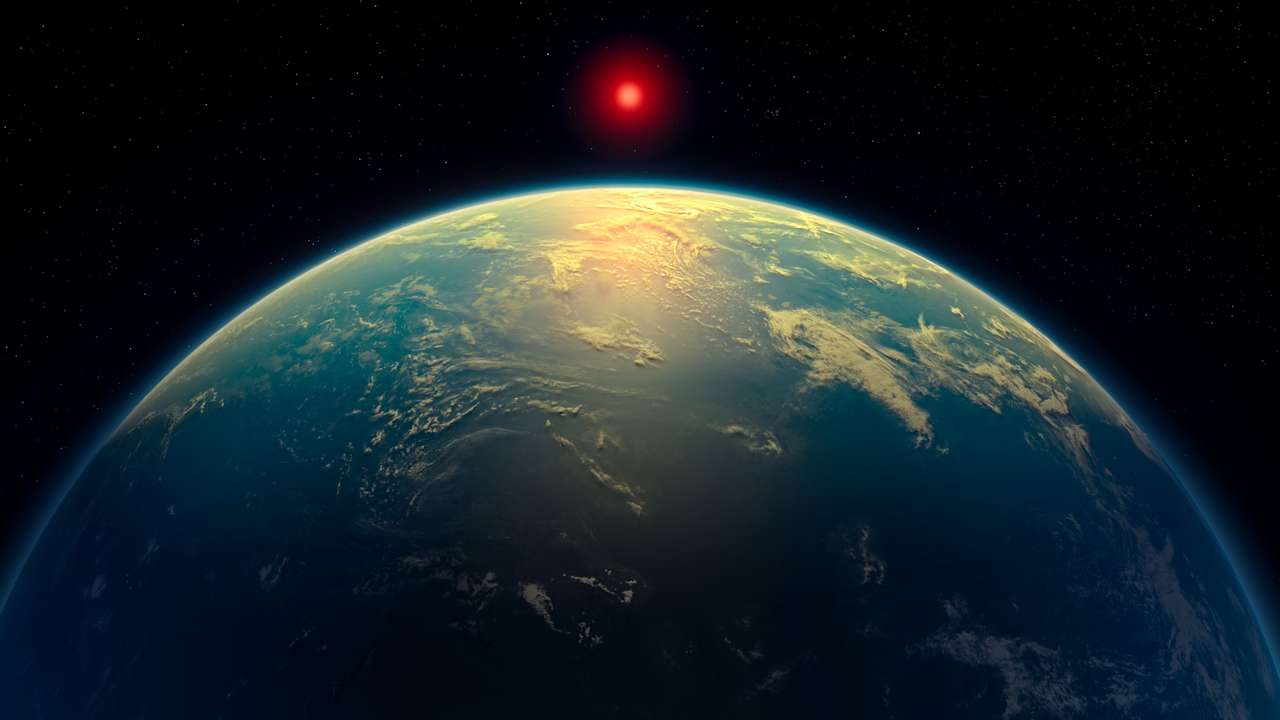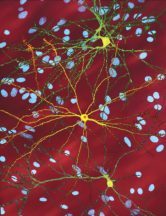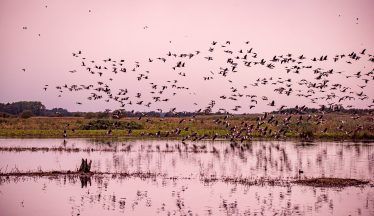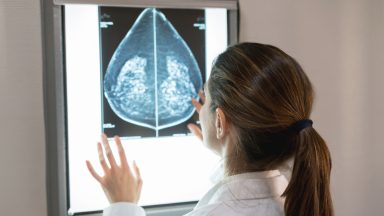Scientists have found what they are calling the strongest signs yet of possible life outside our solar system.
Using the James Webb Space Telescope, a team from Cambridge University found the chemical fingerprints of two gases on a planet called K2-18b, which on Earth are only known to be produced by life.
Dimethyl sulfide (DMS) and dimethyl disulfide (DMDS) are generated by living organisms such as marine phytoplankton, a type of algae.
Scientists said that while an unknown chemical process may be the source of these molecules in K2-18b’s atmosphere, the results are the “strongest evidence yet” that life may exist on a planet outside our solar system.
They have stressed that while the results are “exciting”, it’s “vital” they obtain more data.
K2-18b is an exoplanet – a planet that orbits a star outside the solar system – located about 110 light years from Earth in the constellation of Leo and 8.6 times as big as Earth.
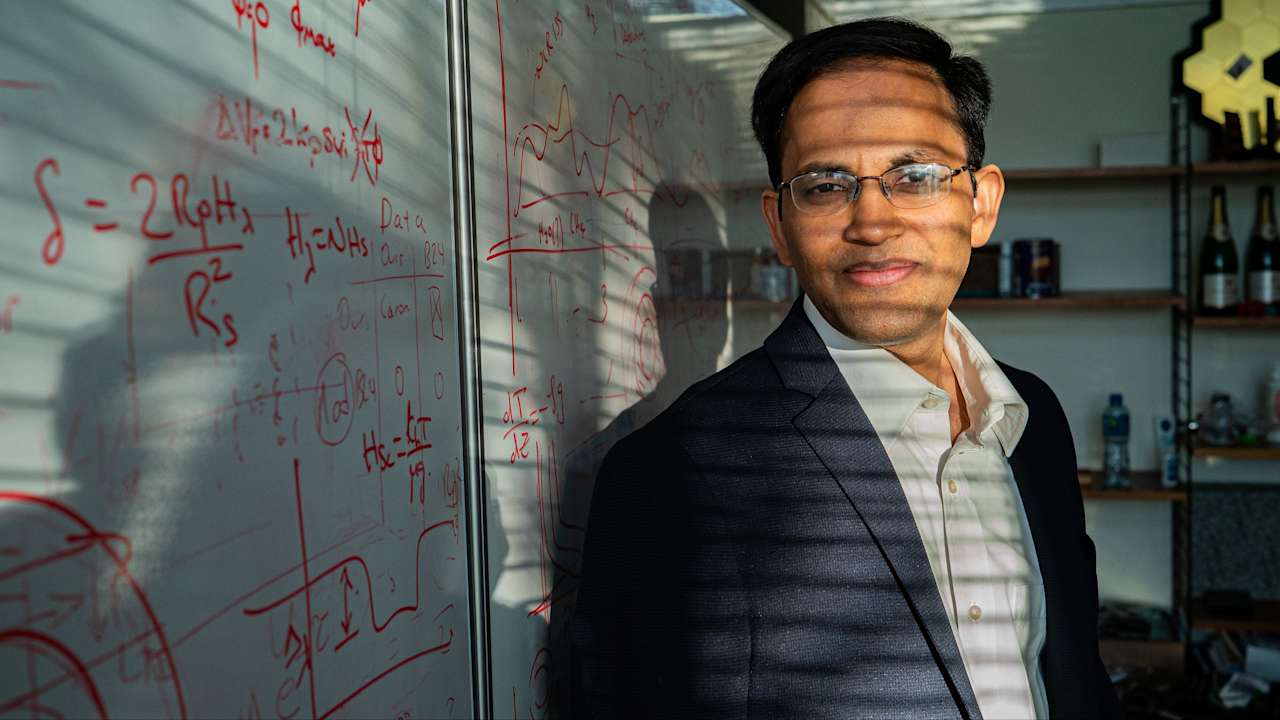
Professor Nikku Madhusudhan from Cambridge’s Institute of Astronomy, who led the research, said: “Earlier theoretical work had predicted that high levels of sulfur-based gases like DMS and DMDS are possible on Hycean worlds.
“And now we’ve observed it, in line with what was predicted. Given everything we know about this planet, a Hycean world with an ocean that is teeming with life is the scenario that best fits the data we have.”
Using the Webb telescope, earlier observations of K2-18b found methane and carbon dioxide in its atmosphere.
This was the first time that carbon-based molecules were discovered in the atmosphere of an exoplanet in the habitable zone, the scientists explained.
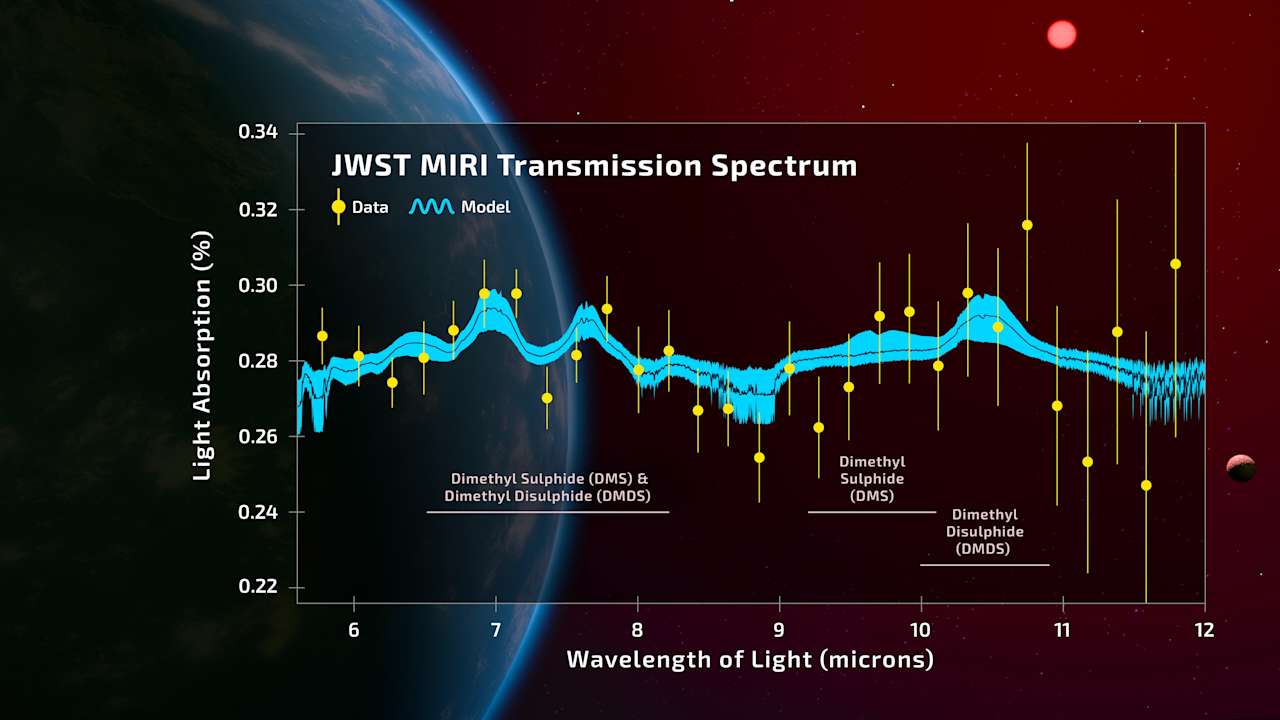
Those results were consistent with predictions for a ‘Hycean’ planet: a habitable ocean-covered world underneath a hydrogen-rich atmosphere.
Prof Madhusudhan said: “We didn’t know for sure whether the signal we saw last time was due to DMS, but just the hint of it was exciting enough for us to have another look with JWST using a different instrument.”
He said that while he is cautiously optimistic, there could be previously unknown chemical processes at work on K2-18b that may account for the observations.
Working with colleagues, he is hoping to conduct further theoretical and experimental work to determine whether DMS and DMDS can be produced non-biologically at the level currently inferred.
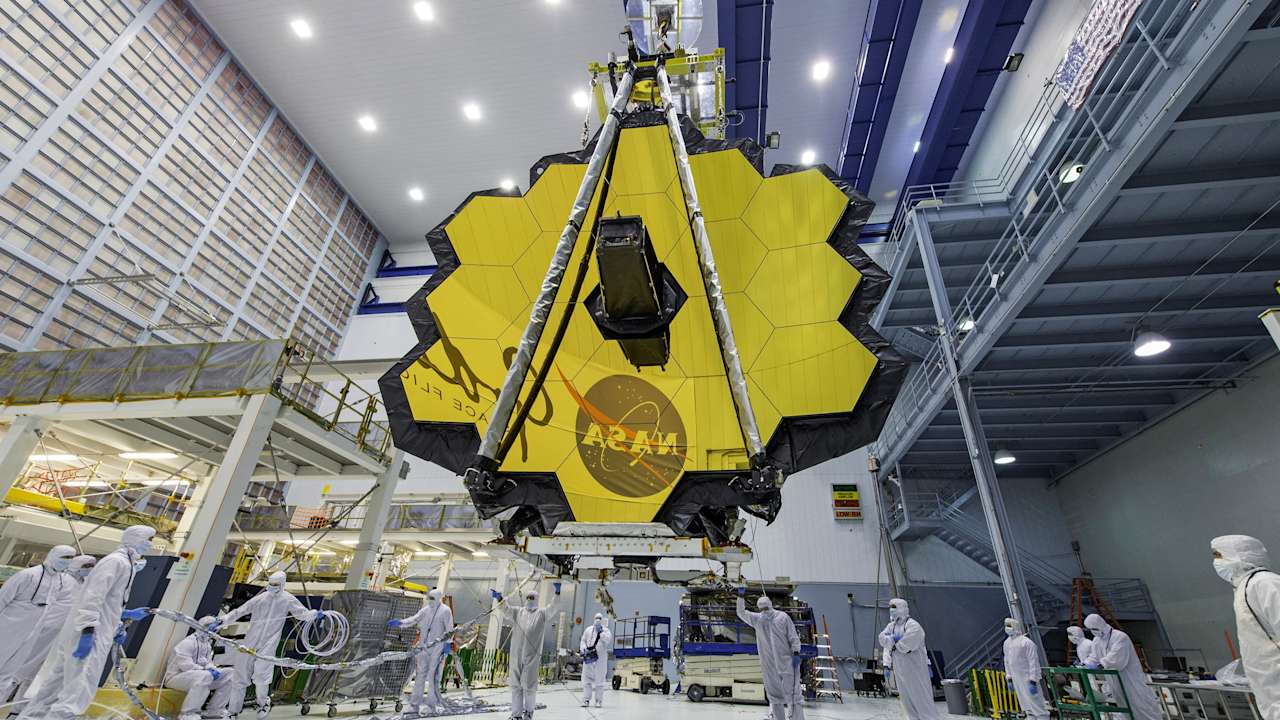
“It’s important that we’re deeply sceptical of our own results, because it’s only by testing and testing again that we will be able to reach the point where we’re confident in them,” Madhusudhan said. “That’s how science has to work.”
“Our work is the starting point for all the investigations that are now needed to confirm and understand the implications of these exciting findings,” said co-author Savvas Constantinou, also from Cambridge’s Institute of Astronomy.
The observations have reached the “three-sigma” level of statistical significance – meaning there is a 0.3% probability that they occurred by chance. To reach the accepted classification for scientific discovery, the observations would have to cross the “five-sigma threshold,” meaning there would be below a 0.00006% probability they occurred by chance.
The researchers say between 16 and 24 hours of follow-up observation time with the James Webb Space Telescope may help them reach this level of certainty.
“Decades from now, we may look back at this point in time and recognise it was when the living universe came within reach,” said Madhusudhan.
“This could be the tipping point, where suddenly the fundamental question of whether we’re alone in the universe is one we’re capable of answering.”
Follow STV News on WhatsApp
Scan the QR code on your mobile device for all the latest news from around the country


